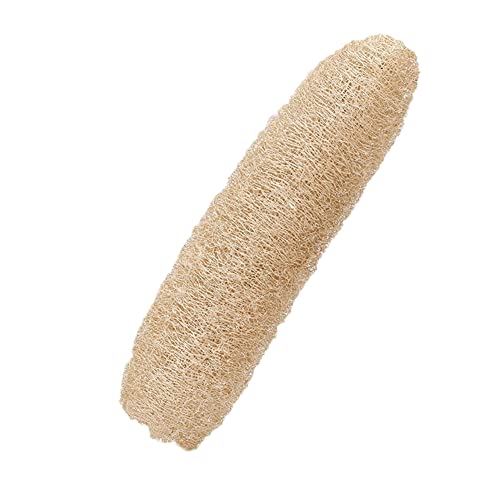Cleanig wizard
New member
- Messages
- 1
- Location
- Swansea
Hi Guys,
can anyone one comment on Streamline Heatwave ll with 650 Ltr system second hand are they reliable equipment looking at buying to start up cleaning.
can anyone one comment on Streamline Heatwave ll with 650 Ltr system second hand are they reliable equipment looking at buying to start up cleaning.
























